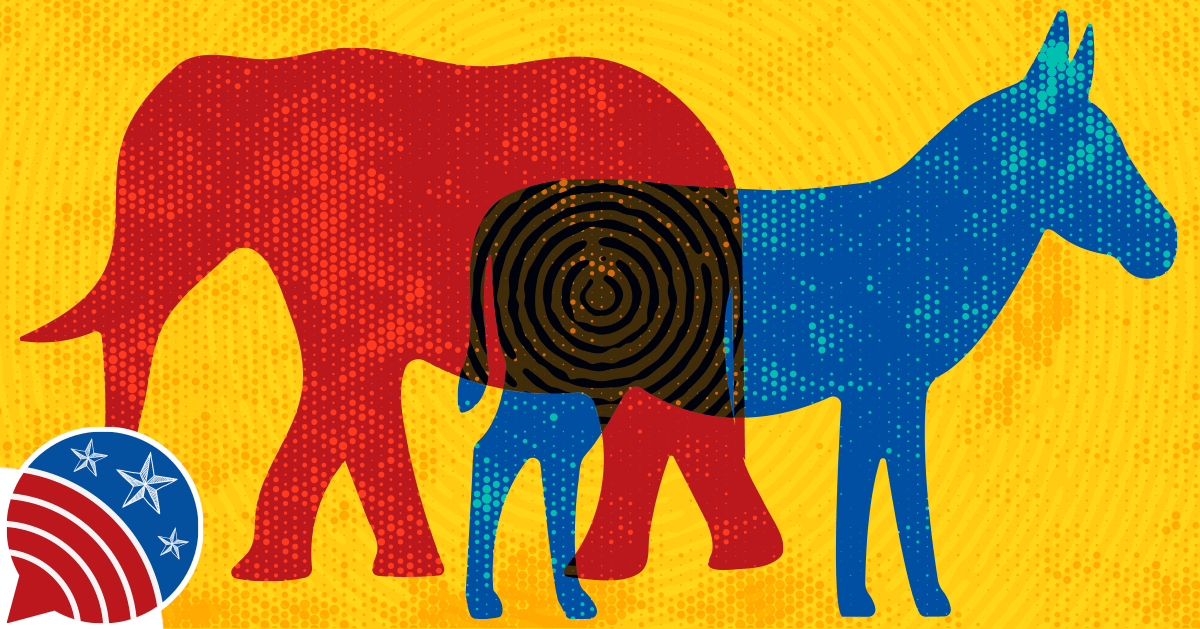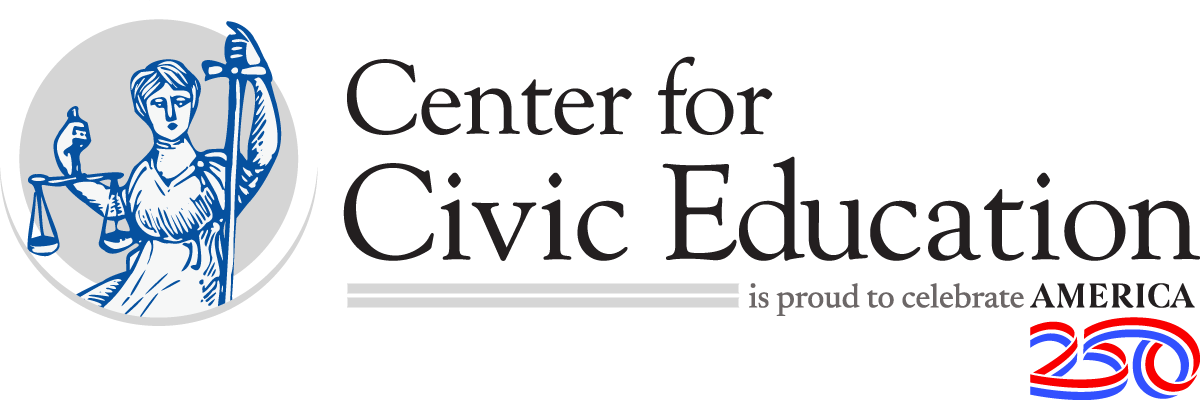
The Evolution of Political Parties
Have our political parties always been this contentious? What purposes do political parties serve? Our two party-system was present at the founding, but the evolution of political parties in America has not been linear. Explore the nuances within liberal and conservative factions. Prepare to engage in discourse about the benefit and harm political parties cause and what role the people have in them.
Podcasts & Videos
Political Parties During the Civil War Era: The Evolution of Political Parties in America, Part 4
Instructions
- Watch and listen to the 60-Second Civics video below. If you'd like, you can also read along using the script that appears below the quiz. Or you can turn on the video's subtitles and read while watching the video.
- Take the Daily Civics Quiz. If you get the question wrong, watch the video again or read the script and try again.
Episode Description
Dr. Donna Phillips: Welcome to 60-Second Civics, the daily podcast of the Center for Civic Education. I'm Donna Phillips. Today, we continue our series on political parties as part of the Civil Discourse: An American Legacy Project. We are joined today by special guest Dr. Lester Brooks, American history professor emeritus from Anne Arundel Community College. Welcome, Dr. Brooks.
Dr. Lester Brooks: Thank you for having me.
Dr. Donna Phillips: Sure. Dr. Brooks, how did the political parties continue to develop during the Civil War and Reconstruction era.
Dr. Lester Brooks: In the 1850s, one of the major parties was the Whig Party, and the Whig Party got started in opposition to Andrew Jackson, President Andrew Jackson. Well, in the 1850s, that party collapses. Now we see the rise of the Republican Party. And so by the mid 1850s, we had the Democratic Party and we have the Republican Party. Well, in the aftermath of the Civil War, we see that the Democratic Party was essentially the party of the South.
Dr. Lester Brooks: The Republican Party was the party of the North. And so we're going to see in that pivotal reconstruction period this antagonism between the Republicans in the North and the Democrats of the South. But now we have our party system that exists all the way. Today, the two major parties, Republicans and Democrats.
Dr. Donna Phillips: Thank you so much for joining us, Dr. Brooks.
Dr. Lester Brooks: Thank you.
Dr. Donna Phillips: That's all for today's podcast. 60-Second Civics, where civic education only takes a minute.
Dr. Lester Brooks: Thank you for having me.
Dr. Donna Phillips: Sure. Dr. Brooks, how did the political parties continue to develop during the Civil War and Reconstruction era.
Dr. Lester Brooks: In the 1850s, one of the major parties was the Whig Party, and the Whig Party got started in opposition to Andrew Jackson, President Andrew Jackson. Well, in the 1850s, that party collapses. Now we see the rise of the Republican Party. And so by the mid 1850s, we had the Democratic Party and we have the Republican Party. Well, in the aftermath of the Civil War, we see that the Democratic Party was essentially the party of the South.
Dr. Lester Brooks: The Republican Party was the party of the North. And so we're going to see in that pivotal reconstruction period this antagonism between the Republicans in the North and the Democrats of the South. But now we have our party system that exists all the way. Today, the two major parties, Republicans and Democrats.
Dr. Donna Phillips: Thank you so much for joining us, Dr. Brooks.
Dr. Lester Brooks: Thank you.
Dr. Donna Phillips: That's all for today's podcast. 60-Second Civics, where civic education only takes a minute.






